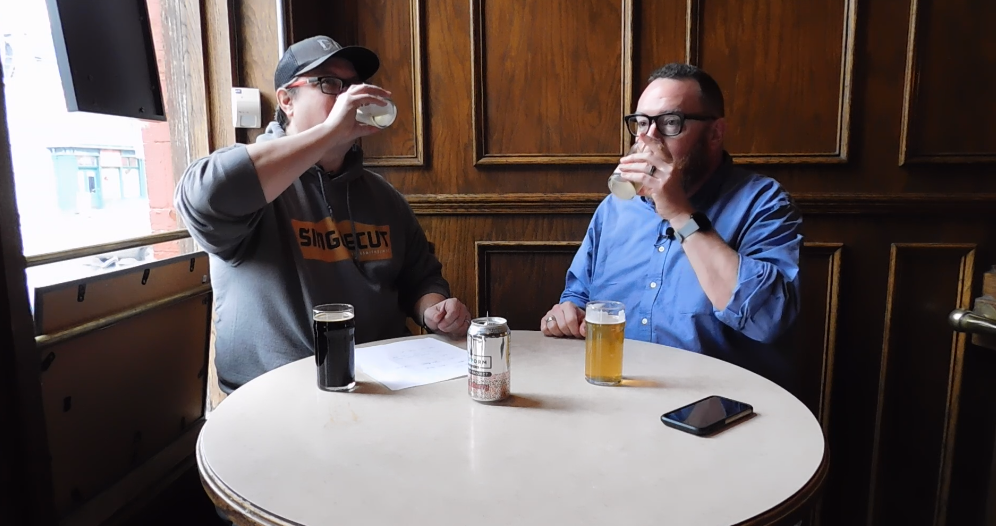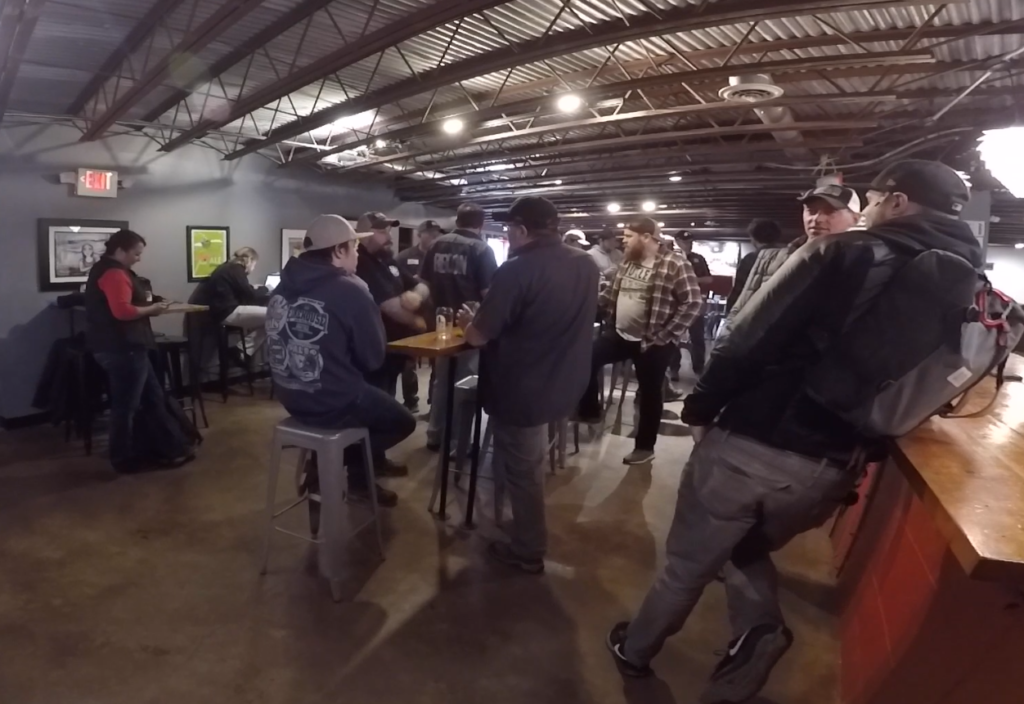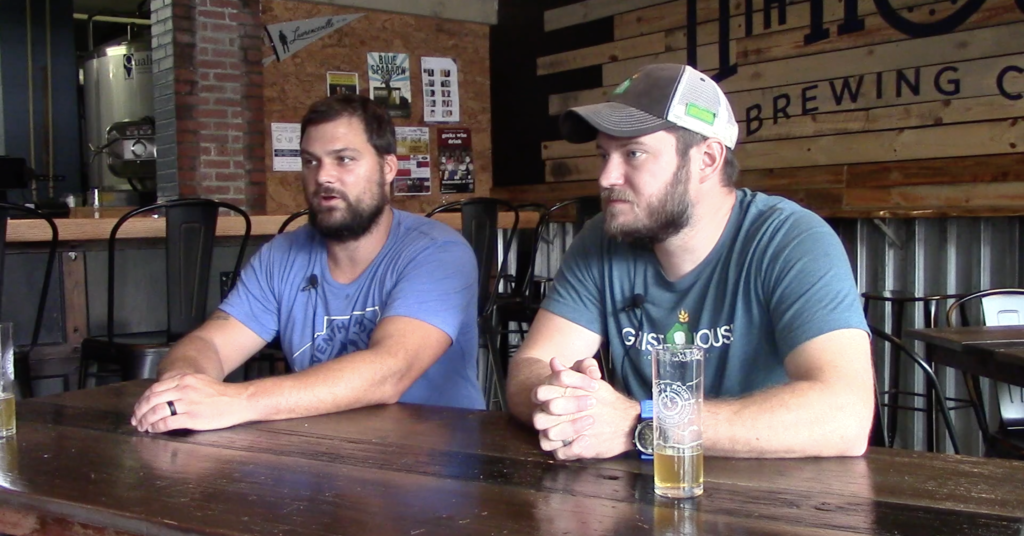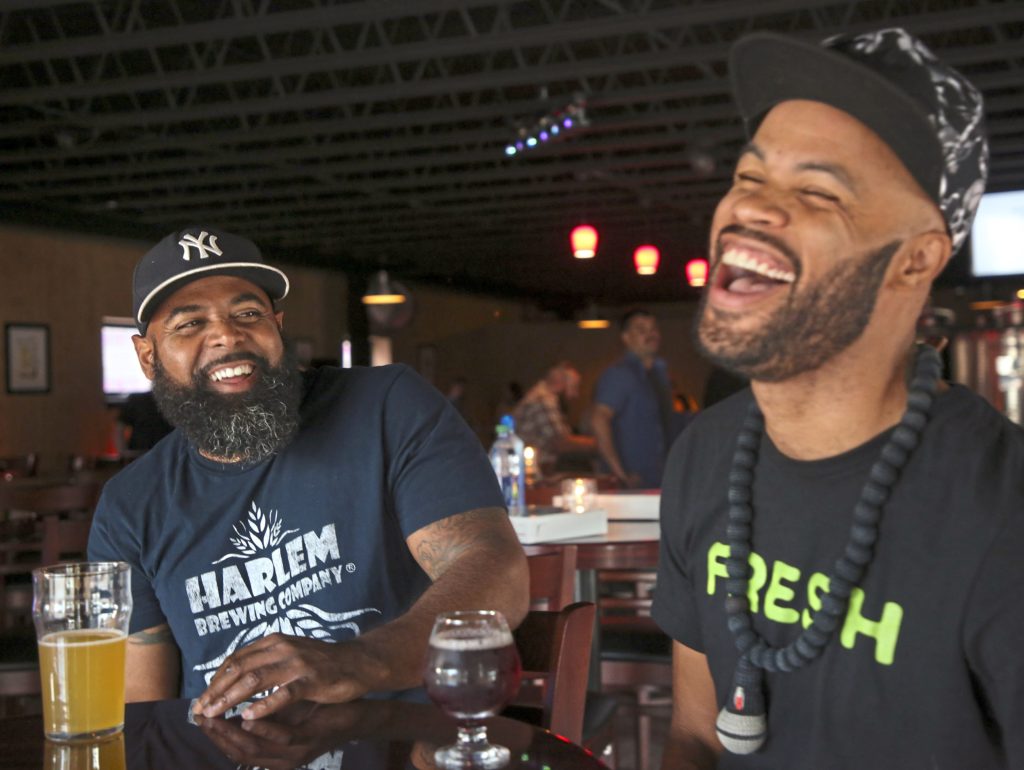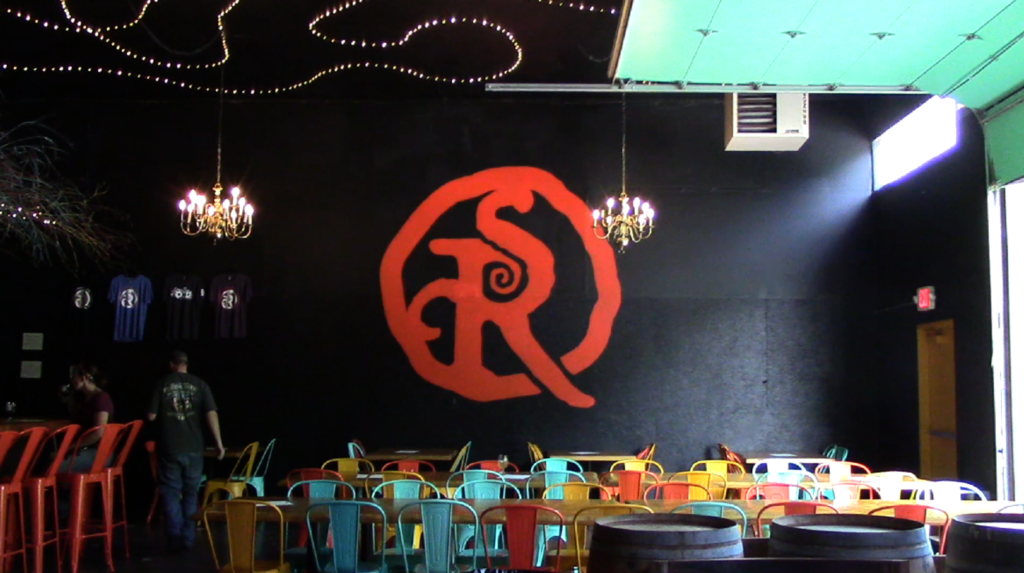When I asked Hart Johnson to sit down with me to talk about what’s coming in craft beer in 2019, he immediately threw me a curve ball curvy enough that I thought he was joking.
But when I arrived at Piper’s Pub Wednesday afternoon, he plunked down in front of me a can of black cherry hard seltzer brewed by Cleveland’s Platform Beer Co. And he predicted — as we tasted the fizzy, slightly dry concoction — that hard seltzer will be a big deal in 2019, nationally and locally.
For the record: I am dubious. Also for the record: It was pretty good, although I think I’d appreciate it more on a warm summer afternoon.
What else is coming? I’ll let you watch the show for all of the details, but I wanted to mention one thing I didn’t include in the clip for lack of time. While we discussed what will be an increased emphasis on barrel-aged products, we hit on the notion that a number of breweries have completed or are planning expansions.
That doesn’t just mean expanded brewing capacity or space for a wall of barrels; it’s a sign that we’re doing pretty well here, that the industry is in pretty good health, even as it continues to expand. Sure, that growth isn’t happening for everyone, but I think there is plenty of room in the market for a taproom that serves a neighborhood, instead of the entire region, as well.
Happy new year, yinz guys. Drink what you like … especially if you like hard seltzer.


